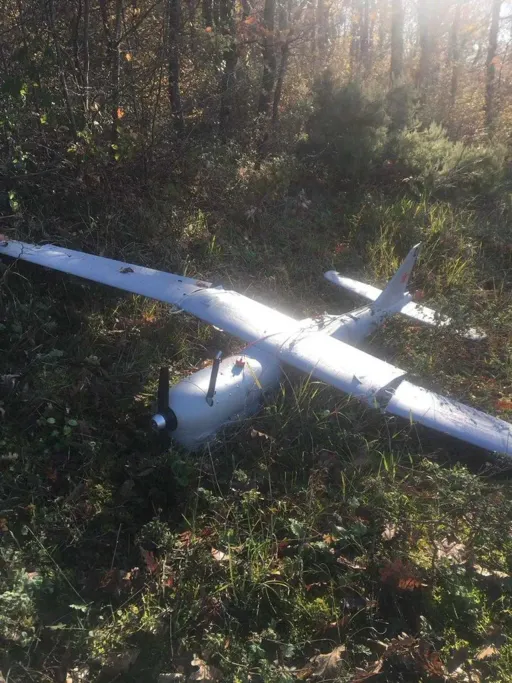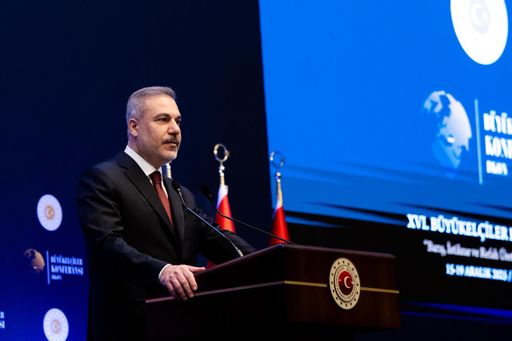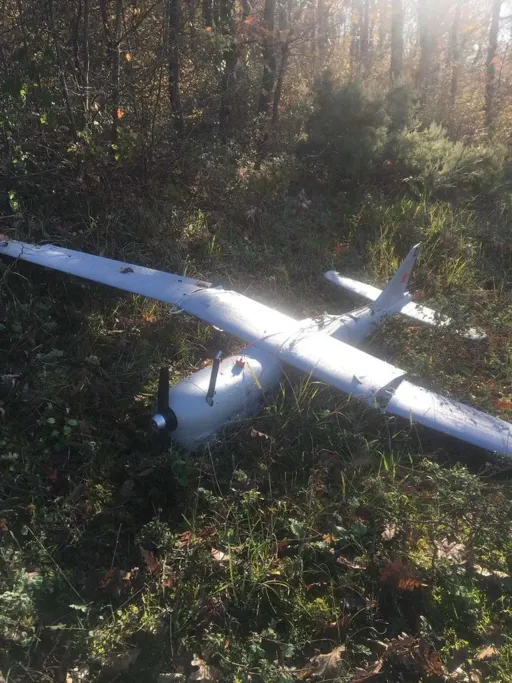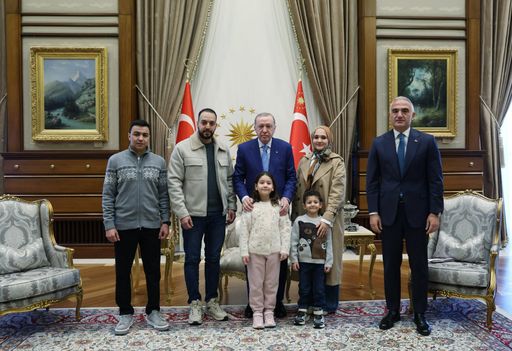Sport
Dollar
42,8044
0.17 %Euro
50,1756
-0.07 %Gram Gold
5.973,2500
0.3 %Quarter Gold
9.852,9100
0.24 %Silver
92,4600
2.85 %The Turkish defence innovation promises a paradigm shift in modern warfare with unmanned precision strikes designed to save human lives.
Koz: Türkiye's Revolutionary Robotic Dog Redefining Modern Warfare
It looks like a dog. It walks like a dog. But is it a dog? Introducing Koz, the world’s first robotic dog capable of launching guided missiles, a groundbreaking innovation developed by Türkiye’s leading defense manufacturer, Roketsan. The unveiling of Koz at the recent International Defence Industry Fair in Istanbul marks a pivotal moment in the evolution of unmanned ground combat systems, with the potential to transform modern warfare.
A Game-Changer in Combat Operations
Retired Rear Admiral Cihat Yayci, now an associate professor at Topkapi University in Istanbul, describes Koz as a “game-changer” for contemporary combat operations. “What makes Koz revolutionary is not just its technology, but its impact on human life,” Yayci tells TRT World. He emphasizes that robots like Koz are designed to take over dangerous tasks, allowing military forces to clear caves, buildings, and sniper-infested urban areas without risking soldiers' lives. “This is not just a tactical innovation—it’s a humanitarian one,” he asserts.
Murat Ikinci, CEO of Roketsan, echoes this sentiment, stating that Koz represents “not just a robot” but a “revolution.” He explains, “Koz can access hazardous areas where we would never risk sending a soldier. It detects threats and executes precision strikes, allowing our armed forces to complete critical missions without endangering human life.”
Inside Koz: Power and Versatility
Engineered entirely in Türkiye, Koz is designed for high-risk missions, combining advanced mobility, autonomous navigation, and precision strike capabilities within a compact dog-like platform. It carries four guided missiles and operates in both autonomous and remote-controlled modes. Koz is built to enter dangerous zones ahead of soldiers, scout for threats, and neutralize them with pinpoint accuracy—all while keeping personnel safely out of harm’s way.
Ikinci emphasizes that Koz is more than an experimental concept. Integrated with multi-platform missile capabilities, particularly the METE laser-guided mini missile system, it is already combat-proven, serially produced, and ready for deployment. “With Koz, Türkiye is not only advancing unmanned technologies but setting new global standards for integrating guided missiles into autonomous ground systems,” he adds.
Emel Mahmutyazicioglu, PhD, the director of Roketsan’s Innovative Systems, elaborates on the system’s technical breakthroughs. “Koz carries four of our smallest, yet highly capable, guided missiles, each just 40 mm in diameter. Achieving seeker-guided precision in such a compact missile is a global first,” she tells TRT World. The Mete missiles, previously deployed on drones, naval platforms, and unmanned ground vehicles, have been optimized for Koz’s urban combat role. “The robotic dog advances ahead of troops, scanning with its electro-optic suite—TV and thermal cameras—to detect targets,” Mahmutyazicioglu adds.
According to Mahmutyazicioglu, Koz can climb 45-degree inclines, navigate stairs, and even recover from falls, showcasing its versatility in various combat scenarios.
Global Implications of Koz
Retired Rear Admiral Yayci highlights Türkiye’s rapidly advancing defense capabilities, noting that the country now ranks 11th globally in defense exports and has overcome key technological barriers that once limited missile systems. “Türkiye no longer has a range problem,” he states. He further explains that Koz symbolizes a strategic doctrine shift. In an era of asymmetric warfare, where terrorist groups exploit urban terrain, systems like Koz ensure superior operational capability while minimizing casualties. “This is a historic leap in safeguarding our troops and strengthening national security,” he adds.
The unveiling of Koz has generated significant international interest, with several countries already inquiring about potential acquisitions. Analysts believe that missile-firing robotic dogs could become a cornerstone of future military doctrines, particularly for counter-terrorism, special forces operations, and complex urban warfare environments where speed, precision, and soldier safety are paramount.
Future enhancements are anticipated, including AI-driven autonomous targeting, expanded missile payloads, and integrated drone-robot swarm operations under unified battlefield networks. “This is not just an innovation for Türkiye. Koz sets a new benchmark for the future of warfare—a future where robots protect and save human lives,” Yayci concludes.
As Koz continues to capture the attention of military strategists and defense analysts worldwide, it is clear that Türkiye is not only making strides in defense technology but also reshaping the landscape of modern warfare. The implications of such advancements extend beyond national security, potentially influencing global military strategies and the future of combat operations.
Comments
No comments Yet




















Comment